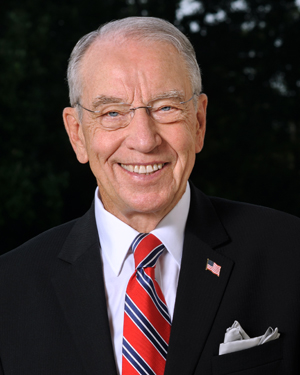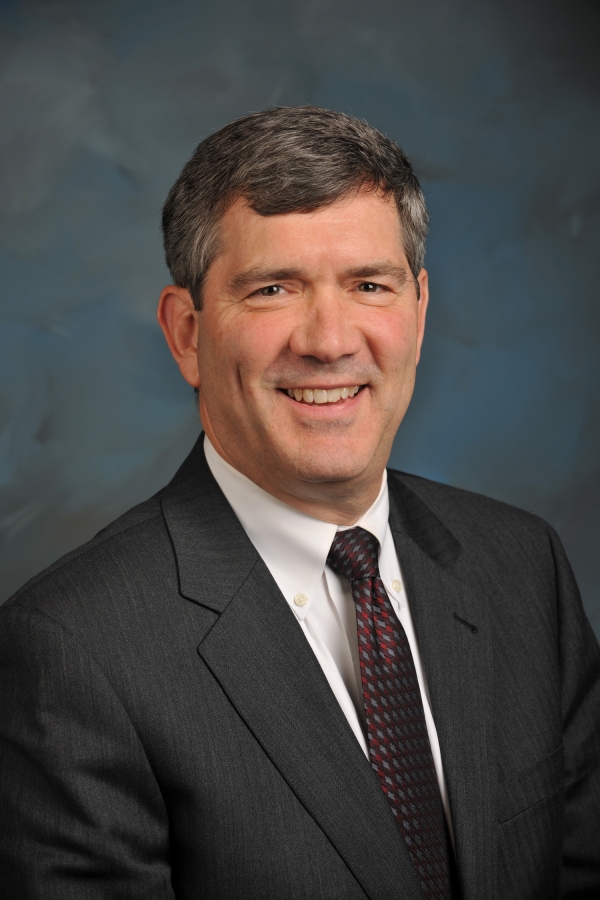A Department of Agriculture report details changes in farm program payment recipients over a 24-year period, and analysts wonder if it could wedge its way into the debate over a new farm bill.
The report – The Evolving Distribution of Payments From Commodity, Conservation, and Federal Crop Insurance Programs – was published last week by USDA’s Economic Research Service. In it, authors Jonathan McFadden and Robert Hoppe observe that large farms with gross cash farm income of $1 million or more (in inflation-adjusted 2015 dollars) received 41 percent of farm program payments in 2015, up from 23 percent in 1991. There’s also a greater diversity of payments: Commodity programs in 1991 accounted for 89 percent of farm program payments; by 2015, conservation payments and crop insurance premium subsidies were eating up a bigger share, driving commodity program payments down to 43 percent of the total.
That larger farmers are receiving more in payments is not necessarily a surprise; they have a greater rate of program participation, have more risk due to their greater level of output, their yields have increased dramatically - sometimes doubling - since 1991 and big farmers can gobble up available land to expand their operations more easily than their smaller counterparts.
But there are those who don’t see the report that way. They see the nation’s large producers on the receiving ends of taxpayer funds that should either be sent out to smaller producers or not sent out at all.
“When, as the ERS report reveals, the top 10 percent of payment recipients have for the past decade had household incomes ranging between a half million and a million dollars a year, the need for reform could hardly be clearer,” Ferd Hoefner, senior strategic advisor with the National Sustainable Agriculture Coalition, told Agri-Pulse.
“More importantly,” he added, “continuing to force taxpayers to subsidize every last acre and bushel on mega-farms is destroying our nation's commitment to widely dispersed family farms and new farmer opportunity.”

Sen. Chuck Grassley, R-Iowa
Hoefner and others who agree with him have an ally on the Republican side of the Senate Agriculture Committee: Iowa’s Chuck Grassley.
“I’m not a fan of unlimited subsidies going to the largest farmers," Grassley said. He noted he’s never made an effort to limit the size of a farm, but “at some point, farms are big enough and shouldn’t continue to get unlimited federal dollars.”
During the last farm bill process, Grassley pushed a proposal that would have capped farm program payments at $250,000 and tightened rules allowing non-farming “managers” to work their way into the program. Grassley told reporters on Tuesday that he still supports that approach and will try to include it in the upcoming farm bill.
“Some of our largest farmers need to temper their expectation for taxpayers dollars,” Grassley said. “I’m not going to give up until I get this limit put on what a single farm entity can get under all these programs.”
Sam Willett, senior director of public policy with the National Corn Growers Association, said he expects a payment limit conversation to be part of the upcoming farm bill debate as there has been when drafting previous bills.

Sam Willett, NCGA
“The debate will be similar to ones we’ve had in the past,” Willett told Agri-Pulse. “It will be about whether or not this merits a further tightening of payment limits. We argue that should not be the case, but others will disagree with us.”
Willett said it’s hard to say how a debate on payment limits would go in the current legislative climate, especially given the number of members of Congress who have never debated a farm bill. Budgetary constraints could give those seeking tighter payment limits – the current cap is $125,000 per recipient, but several managers can receive payments from different parts of the same farm – but those targeting this issue need to keep something in mind.
“A dollar of government payments does not mean a dollar of net benefit to farmers,” Willett said, specifically mentioning conservation programs that require some producer investment as an example.
“All the signs indicate that some of the traditional critics of the farm bill are going to zero in on some of the large operators, and I don’t think anybody should be surprised by that,” Willed added. “We have some education to do.”
#30
For more news, go to www.Agri-Pulse.com


